The planet Earth, if you do not know, is a beautiful and strange place, a microorganism living in the marshes and can survive in outer space conditions, to the dark objects that you can not see any of them.
We will review a bunch of things on this planet that you probably have no idea of its existence.
1. Vantablack material, the most mundane on earth
"Ventablack" can be defined as a material made up of nanoparticles with nanotechnology, the most mundane on the planet. Developed in the UK at the Surrey NanoSystems in 2015, a set of carbon nanotubes arranged vertically with a substrate.
Fantablac absorbs 99.98% of the light falling on it; in other words, the human eye can not see anything reflected on the surface of the Fantablak, making it the closest example to describe the black hole.
2. A blue sea dragon fish, which looks like a space
Its scientific name is the "Blue Sea Dragon - Glaucus Atlanticus", one of the species of sea falcon, also called the "blue angel". This object is as rare as it can be found only on the coasts of South Africa and Australia.
The blue angel feeds on poisonous sea creatures, such as the Portuguese man o 'war; he collects poison from his first victim, stores it, and then uses it to kill his future victim.
3. Antenna gel looks like a piece of cloud
Aerogel - Aerogel is a lightweight material, made of gel and gas. Previously referred to as "frozen smoke" or "solid cloud" because of its intangible appearance.
Scientists have devised a number of methods and recipes for making different types of aerosol gel, but they are involved in a similar process: they mix certain chemicals, put them on a wet gel for a certain time, and finally absorb the liquid from the solution. The result is very low density material, up to 99% air.
Because the air gel is mainly made of air, and the air is a good heat insulation, placing a layer of air gel between a flame and a rose will protect the rose from heat.
4. Eucalyptus trees possess a colored bark with rainbow colors
There is a type of eucalyptus Deglupta called Eucalyptus and grows in Indonesia, New Guinea and the Philippines. This type is characterized by its multi-colored palette, including: light blue, purple, green, and chestnut.
These unusual colors are caused by the fall of the bark of the tree - according to the Missouri Botanical Garden -. When the bark of the tree exfoliates, the inner layer of the bark appears, the layer slowly maturing into multiple colors.
5. Underground Cathedral in Colombia, made up entirely of salt
There is a Roman Catholic church in Cundinamarca, Colombia under the ground, called "Zapakuera Cathedral" which is made up entirely of salt. It was excavated from the salt mine in 1954 and is located at a depth of 180 m below the surface of the earth.
The cathedral contains a large crucifix made of salt, and can accommodate up to 10,000 people, although it has not been fully filled before.
6. Elf shark, or "live fossils"
Goblin Shark is a rare species that lives deep in the sea and is sometimes called a "living fossil". It is to our knowledge another type of family Mitsukurinidae - Mitsukurinidae.
The shark is known for its elongated and visible elbows, filled with teeth resembling nails. This shark can determine the electricity generated by some other organisms, which causes it to open its jaw trying to eat its prey.
It's hard to say how terrifying the shark looks without images of him attacking the prey. But we can say it is a living nightmare.
7. Bismuth, the surface chemical element is very beautiful
We may remember Bismuth from high school, but we probably did not know that he had a colorful surface and a beautiful appearance.
The surface of the bismuth has a "stair building" way of growing; the outer edges grow faster than the inner edges, according to Live Science. This growth pattern produces a crystalline building that looks like interlocking rainbow boxes.
8. A volcano in Indonesia exits a volcanic mantle of light blue
The Aegean volcano in Indonesia is a distinct volcanic region, due to its ability to produce volcanic fumes in a blue and somewhat purple color.
Actually, Eigen's production is not blue. According to Smithsonian, these colors result from the volcano containing high amounts of sulfur gas that interferes with the lava. When the gas burns, a color is produced as in the picture.
9. The Wojnick manuscript, a strange book written in a non-translatable language
The medieval manuscript of Wojnick, consisting of 240 pages written in an unknown language, puzzled scholars and deciphering codes for many years.
Scientists believe that the manuscript was written between 1404 and 1438 AD, with illustrations and explanations that are incomprehensible and vague, describing everything from unusual plants to swollen belly women bathing in green pools.
All attempts at decoding and fees have failed. That a team of Canadian researchers was able to decipher some of the codes in the manuscript using artificial intelligence. The team then announced their need to revise the manuscript by scientists.
10. The most difficult place to reach the world, called "Nemo Spot"
Nemo is the farthest point of the Earth, called the "point of no-ocean". This area is located in a triangle surrounded by the island of Dusi, Motu Nui and Maher Island near Antarctica.
To bring it closer to the mind, the closest person to this point are astronauts on the International Space Station, about 415 kilometers away, while the nearest point in the Earth is about 1225 kilometers from Nemo.
11. The Dankiel region of Ethiopia, looks like the surface of a space planet
Called "Danakil Depression", the most unusual area on earth. In the Triangle, we can call it the surreal spot - above ground - with volcanic basins, neon hot springs and glittering salt chips. The area also contains toxic gas fields and many acid basins.
12. Lakes and rivers under the oceans
Also known as saltwater lakes, lakes that have salinity higher than those of seawater or ocean, making them look like lakes within a lake. It has a higher salt density than the surrounding water density, which causes its separation from seawater.
These lakes are characterized by their own waves, running opposite the beach, even submarines can float on the surface of these ponds when they rise to the surface of the ocean.
Unfortunately, these lakes contain a large amount of toxic methane and hydrogen sulfide, which makes swimming toxic to humans.
13. Giant mushroom, the largest thing living on earth
There are huge objects like whales, redwood trees, elephants, but they are not the largest living organisms on earth. When we look at the larger size hand, the Armillaria Ostoyae mushroom occupies first place.
It is called the Giant Mushroom, which covers an area of approximately 2,385 acres of the Malhur National Forest in Oregon in the United States. So scientists who find the fungus can determine whether it extends across the entire area, take DNA samples and examine them.
In addition to its tasty taste, scientists confirm that this giant mushroom began to grow before the period between 2400 - 8650 years.
14. Tradgridges (slow-paced), accurate object that can survive in outer space
Its name is "Tradigrades" and its slow-paced translation, usually called "water bear" or "pig algae," microorganisms that can survive almost anywhere.
These organisms prefer wet places such as algae and mud, and according to Smithsonian, they can survive in an environment below 200 degrees Celsius below zero and warmer than 149 degrees Celsius.
Scientists have found that this object can escape radiation, boiling liquids, and great pressure is estimated to be six times the pressure of the deepest point in the ocean, and even vacuum pressure in space.
15. A cave in Mexico is full of white crystals
Known as the Crystal Cave, it contains crystalline gypsum blocks intersecting explorers.
It was discovered in 2000 by miners in Naika, the Chihuahua state of Mexico, and they emptied it of water to discover crystalline forms visible in the picture.
At first, scientists could not determine their age using traditional methods, due to the severity of their purity. They then discovered a bacterial specimen on one of them, estimated to be 50,000 years old.
Despite the beauty and scarcity of this cave, the company responsible for the cave area allowed the water to be returned and flooded in 2017

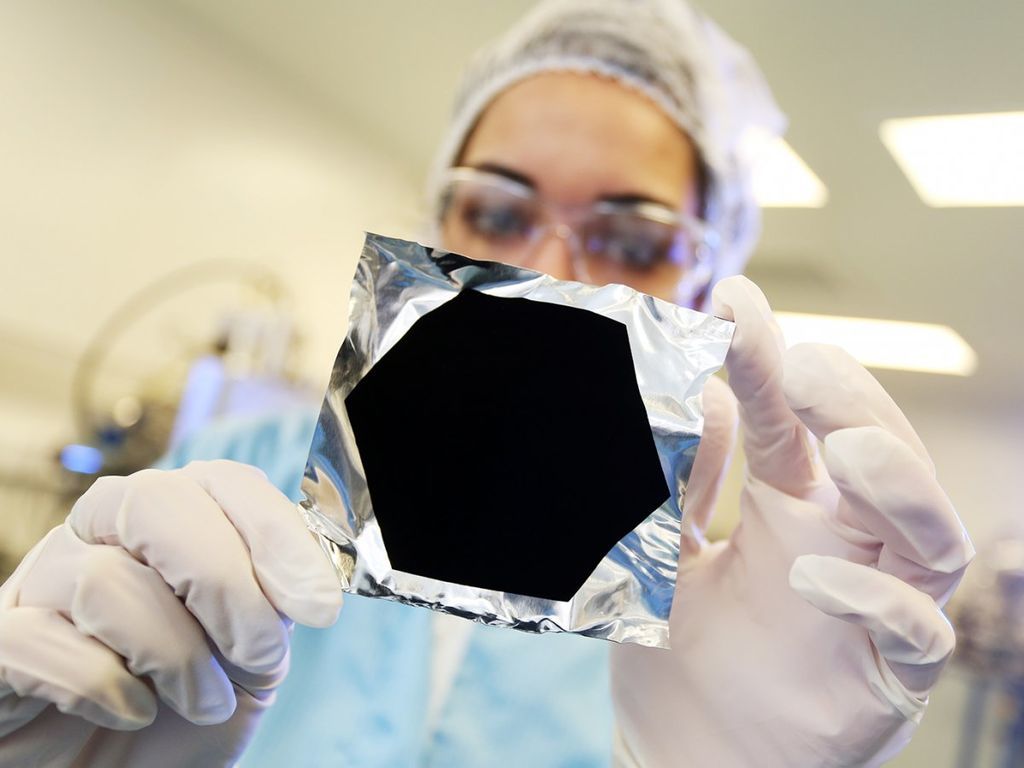
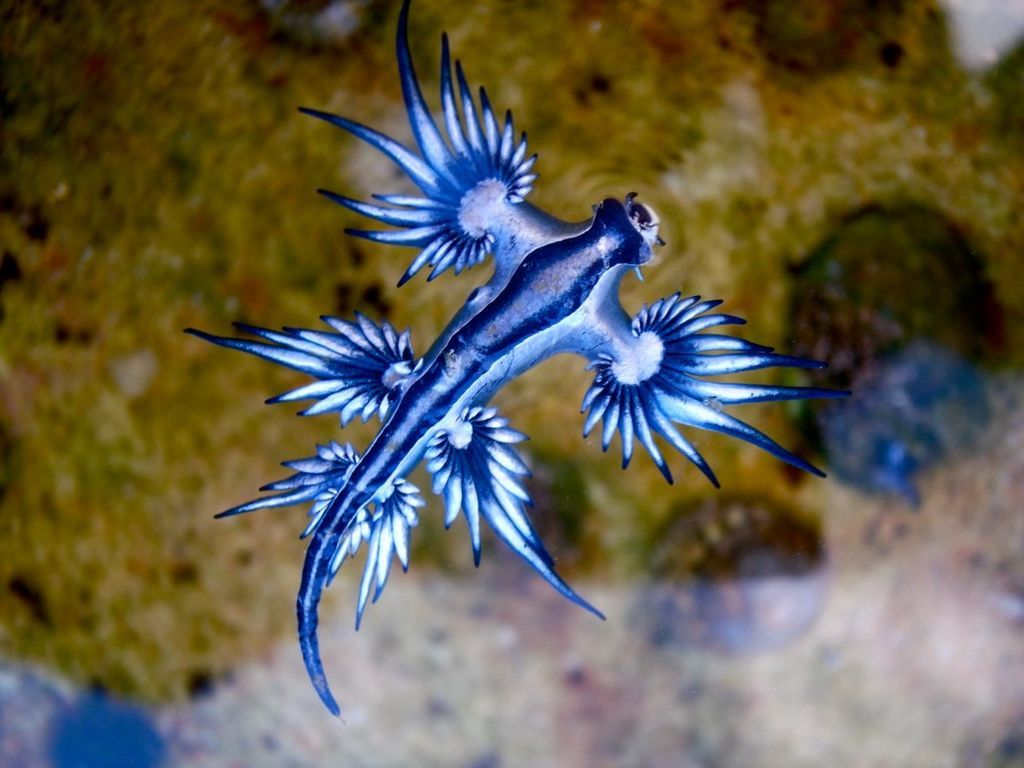
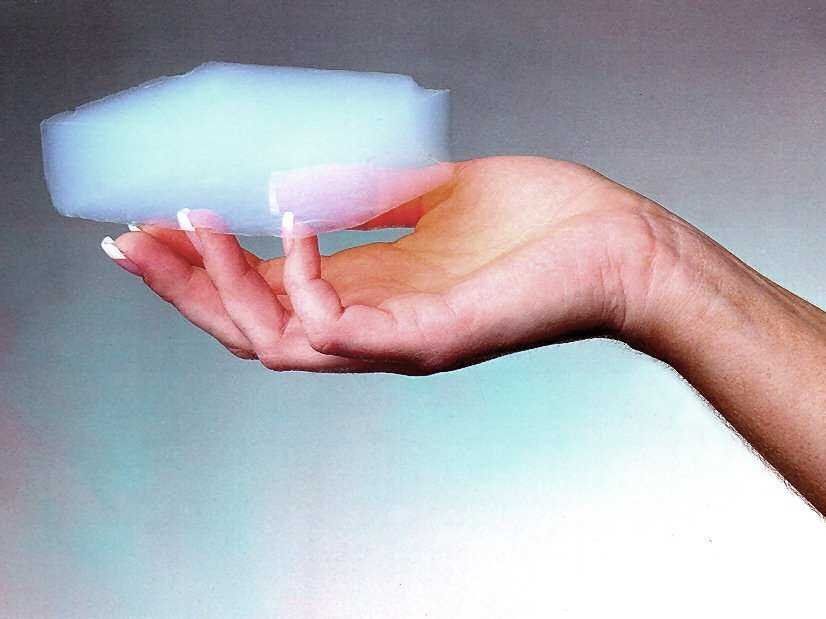

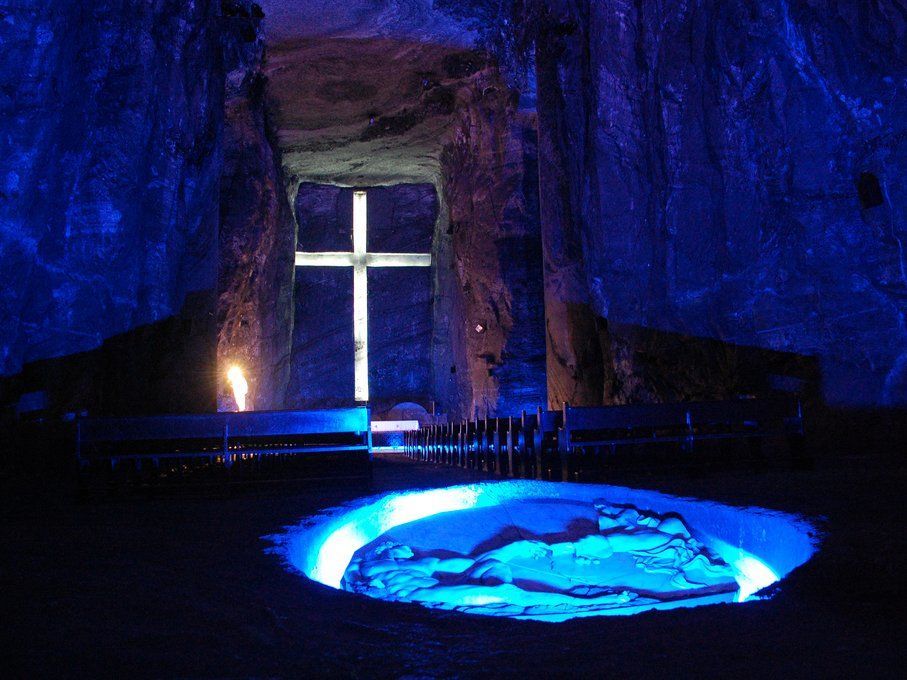
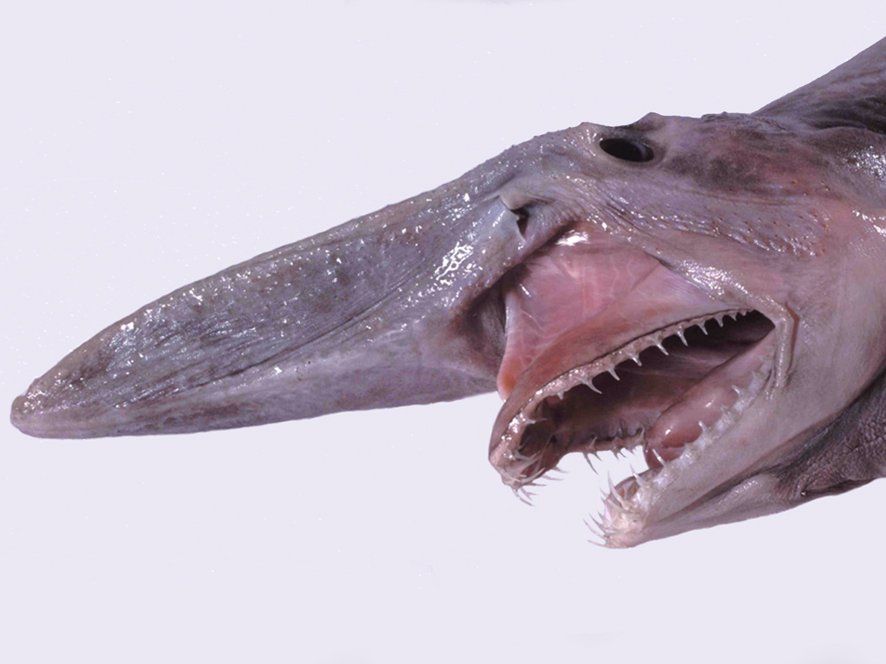
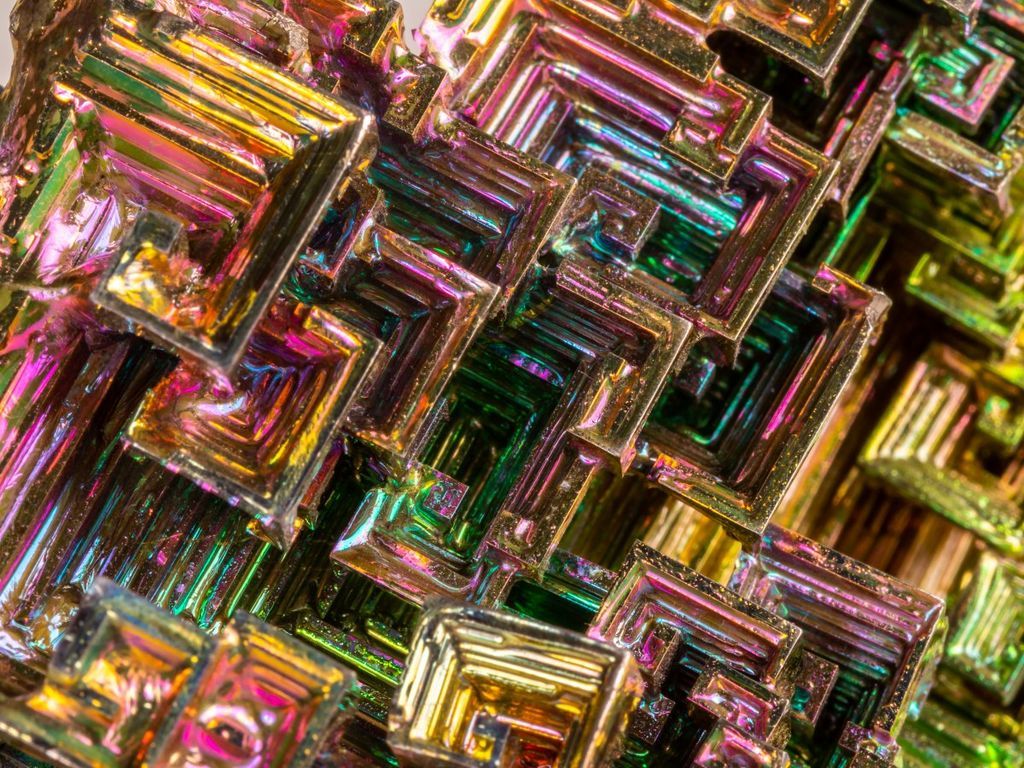


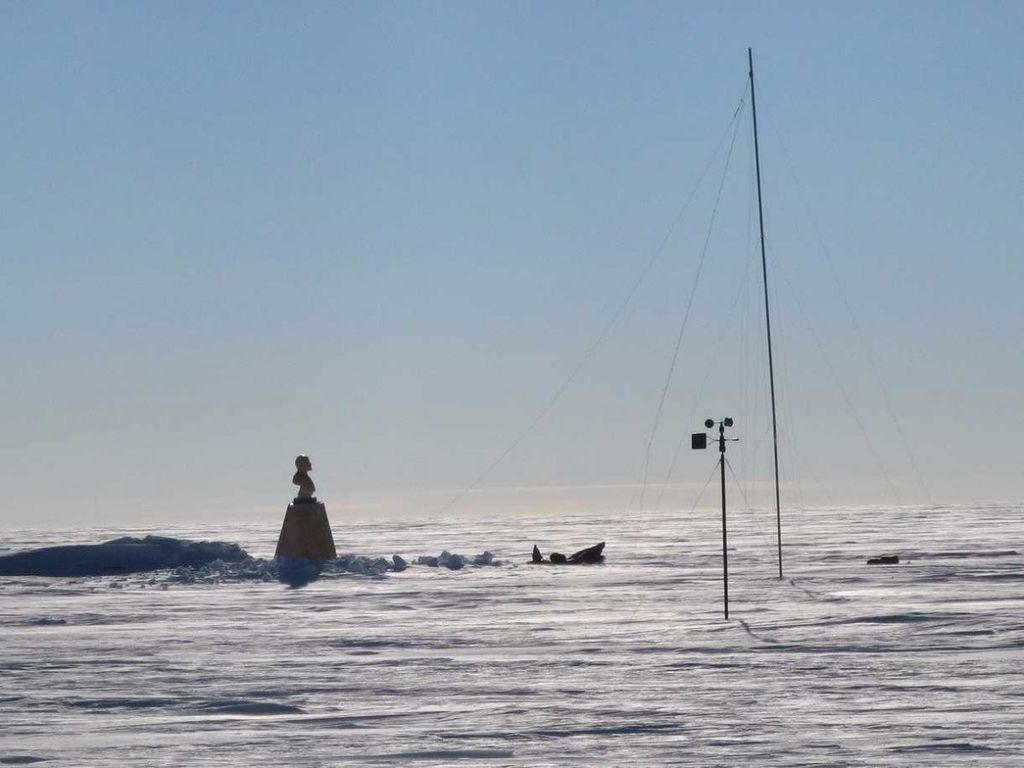
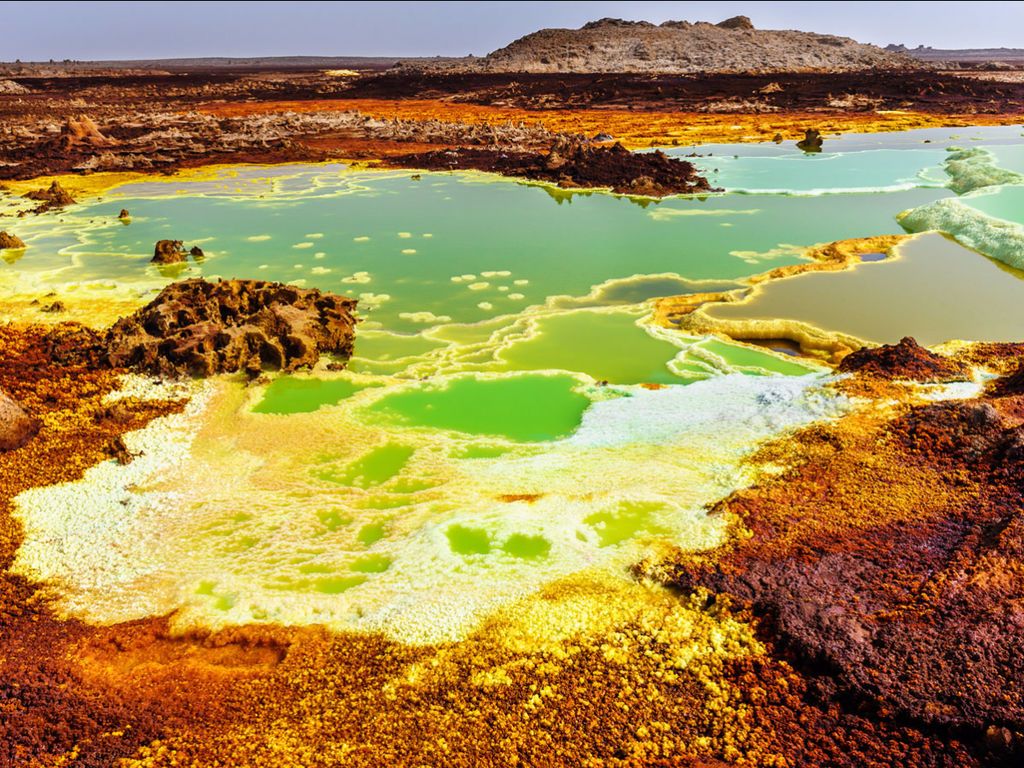



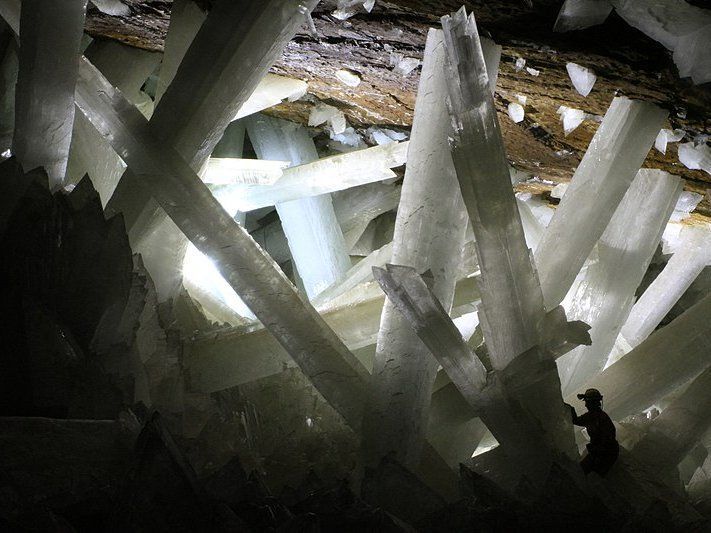







0 Comments